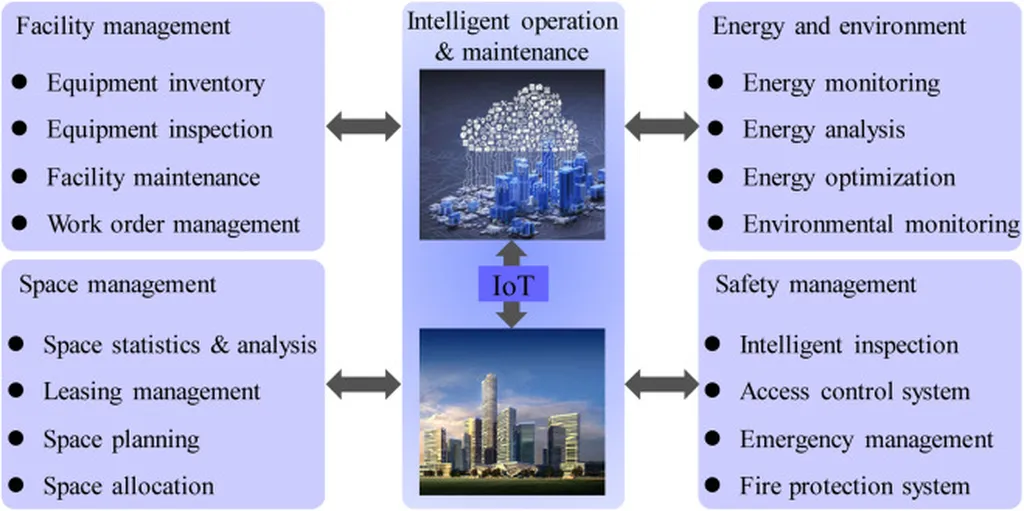In the heart of Iran’s Sistan and Baluchestan Province, the city of Saravan grapples with a pressing challenge: how to foster sustainable development amid rapid urbanization and dwindling resources. A recent study, led by Abdolsalam Sepahian, a Ph.D. student in Geography and Urban Planning at Islamic Azad University’s Zahedan Branch, sheds light on the critical role of urban livability in addressing these issues. Published in the journal ‘مطالعات مدیریت توسعه سبز’ (Studies in Green Development Management), the research offers valuable insights for urban planners, policymakers, and investors alike, particularly in the energy sector.
Saravan’s story is one of uneven growth, ethnic tensions, and outmigration, all of which have strained the city’s infrastructure and social fabric. “The city faces significant challenges in employment, road infrastructure, green space, leisure and recreation, public transportation, income levels, housing, infrastructure, service provision, social cohesion, and environmental quality,” Sepahian explains. These issues, largely rooted in ineffective urban governance, have underscored the urgency of addressing urban livability in Saravan.
The study, which surveyed 322 residents, identified three key factors influencing urban livability in Saravan. Topping the list was the performance of urban managers in reducing residents’ cost of living, a finding that underscores the commercial implications of livability. As Sepahian notes, “Urban managers and planners, when operating without strategic vision, are ill-equipped to address contemporary urban challenges.” This is a wake-up call for investors and energy sector stakeholders, who stand to gain from stable, well-planned urban environments.
The research also highlighted the importance of accessible infrastructure, with ease of road access for people with disabilities and accessibility to public services emerging as significant factors. These findings point to a pressing need for targeted governance reforms, inclusive planning, and investment in infrastructure and public services. For the energy sector, this could translate into opportunities for developing sustainable, accessible, and efficient energy solutions tailored to the unique needs of cities like Saravan.
The study’s findings resonate with previous research, reinforcing the relevance of livability as a critical lens for sustainable urban development. As Sepahian concludes, “The results align with prior studies, underscoring the growing importance of integrating livability into urban planning to meet societal needs and respond to emerging urban threats.” This integration could open new avenues for commercial growth, particularly in the energy sector, where sustainable and inclusive solutions are increasingly in demand.
In an era of rapid urbanization and climate change, the lessons from Saravan offer a compelling case for rethinking urban development. By prioritizing livability, cities can foster sustainable growth, enhance residents’ quality of life, and create new opportunities for investment and innovation. For the energy sector, this means a shift towards sustainable, accessible, and efficient solutions that cater to the unique needs of each urban context. As Sepahian’s research demonstrates, the path to sustainable urban development lies in understanding and addressing the complex interplay of social, economic, physical, and environmental factors that shape our cities.

